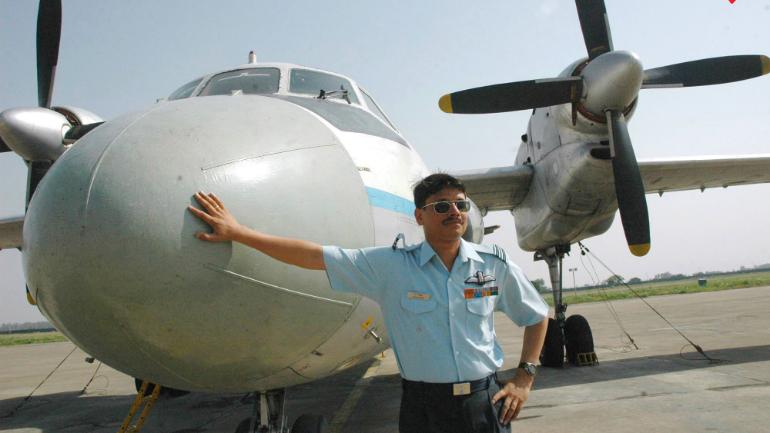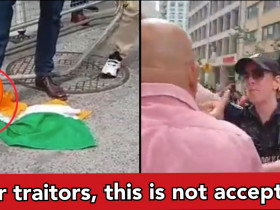No products in the cart.
When Pakistan captured Pilot Nachiketa, this is how Vajpayee govt brought him back home
Political tensions continue to escalate between India and Pakistan and it appears that both countries wouldn’t settle for peace anytime soon. Recently, Indian Air Force pilot was seized by Pakistan forces as the country claimed that it had captured an IAF pilot after shooting down 2 Indian Air Force fighter jets on Wednesday. Later, Pakistan confirmed that only one Indian pilot has been captured.
The pilot’s name is identified as Wing Commander Abhinandan. In an alleged video which is widely circulated on the internet, the pilot can be seen bleeding profusely from his forehead while his eyes covered by a cloth.
Despite having ejected and badly hurting himself in the process, he is seen talking calmly but when asked about is squadron, he refuses to reveal any info. As per the reports, Wing Commander Abhinandan was a member of the SKAT -Surya Kiran Acrobatic Team (skilled pilot). His father is an ex-Indian Air Force officer. The Indian Air Force also lost a Mi 17V helicopter where four of them lost their lives.

This incident reminds us of the last time when an Indian pilot was captured by Pakistan. The pilot by the name of Group Captain Kambampati Nachiketa. It should be noted that he was the first and only prisoner of war of the 1999 Kargil war. Let’s take a glimpse at how Atal Bihari Vajpayee government took decisive steps to bring the Indian pilot back home.
Kambampati Nachiketa was 26 years old at the time when the Kargil war took place between India and Pakistan in the year 1999. Plied his trade as a flight lieutenant at the time, he was in the No. 9 Squadron of the Indian Air Force. The squadron was tasked with prime responsibility to protect the war-hit Batalik sector.
Nachiketa was tasked with the responsibility of neutralising enemies by targetting enemy posts at an altitude of above 17,000 feet with dangerous 80 mm rockets.
On May 27, 1999, Nachiketa was conducting strikes against enemy posts from his MiG 27 fighter aircraft but unfortunately, the aircraft ran through engine failure while raining rockets on the Munthadalo range in the Batalik area. With no option left, he just had to eject from the jet.
As he was aware of his surroundings, he saw his colleague, squadron leader Ajay Ahuja looking for him in his MiG 21 jet, struck by a Pakistani missile.
Nachiketa was soon seized by Pakistani forces. Nonetheless, he did not give up as he continued to fire at the opposition from his service pistol till he ran out of bullets. He was then captured and taken to a prison in Rawalpindi where he was ruthlessly beaten up by Pakistani soldiers who kept him under control till a senior officer took over the scene.
Speaking to NDTV in the year 2016, Nachiketa said, “The jawans who had captured me were trying to manhandle me and maybe trying to kill me because, for them, I was just an enemy pilot who had fired on their locations from the air… Fortunately, the officer who came was very mature. He realised the situation that I am now a captive and now I need not be handled that way. So he was able to control them, which was a big effort because they were very aggressive at that stage.”
Nachiketa was strongly convinced that he would never return. Speaking exclusively to the Hindustan Times, he said: “It was very tough. I can’t describe that experience in words. That time I thought maybe death is a simpler solution. But I am thankful to God that destiny was on my side. I underwent severe mental and physical torture there for three-four days.”
In the meantime, India started mounting international pressure on Pakistan for the release of their pilot K Nachiketa. Surrendering to international media as well as the United Nations, Pakistan finally released the pilot eight days later on June 3, 1999. Captain Kambampati Nachiketa was handed over to the International Committee of the Red Cross in Pakistan and later returned home through the Wagah border.








